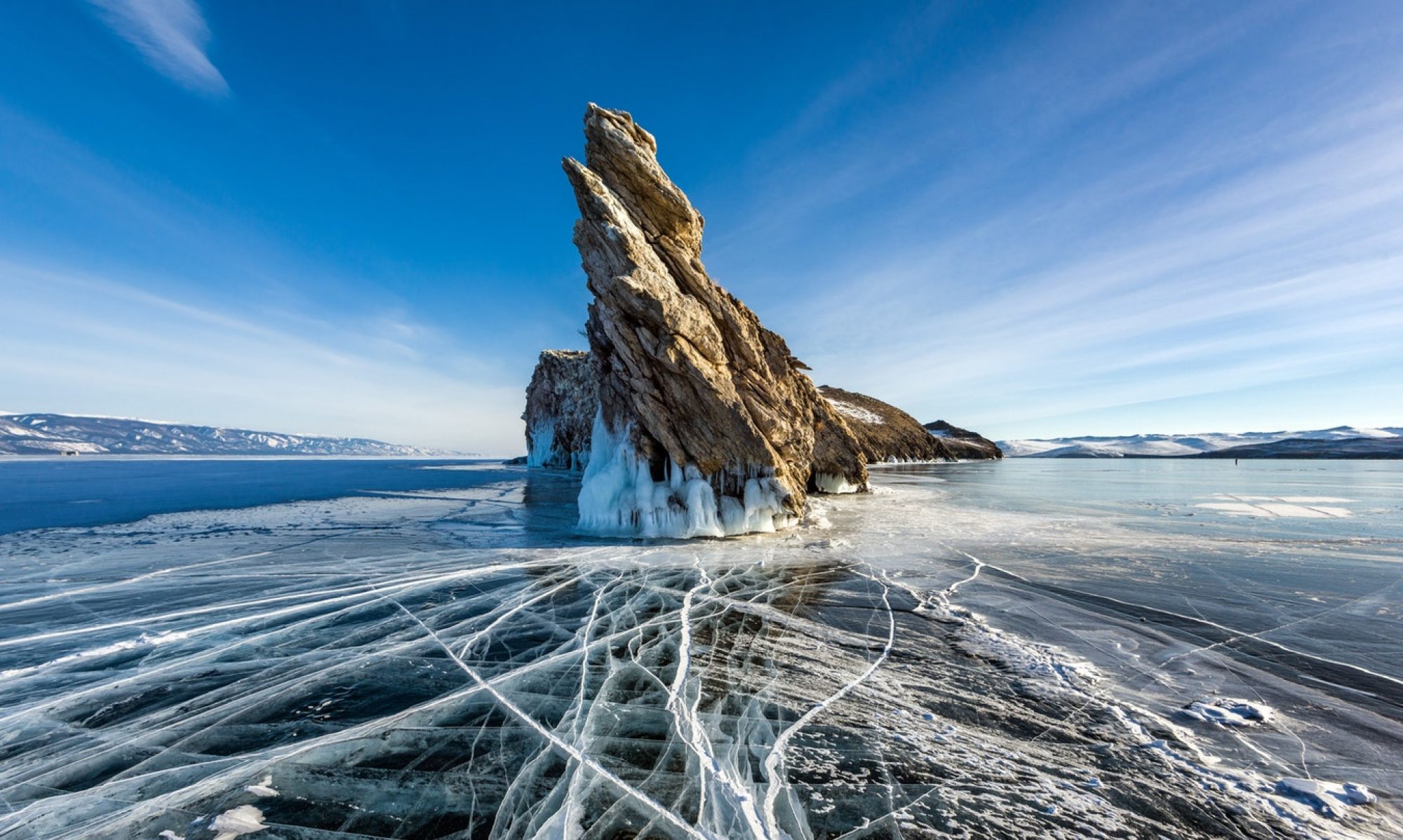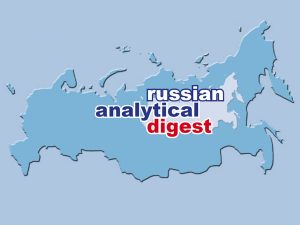The newly published Arctic Yearbook 2017 contains an article “Calotte Academy 2017
Perceptions of the Arctic: Rich or Scarce, Mass-scale or Traditional, Conflict or Cooperation?” written by Jussi Huotari and Salla Kalliojärvi. The article tells of the work of the travelling symposium, Callote Academy 2017.
The 26th Calotte Academy took place in early June 2017. The travelling symposium had its sessions in familiar places: in Inari, Finland, in Kirkenes, Norway and in Apatity, Russia. This year, part of the caravan continued their way to Umeå, Sweden where final sessions of the Calotte Academy 2017 were organized back-to-back with the International Congress of Arctic Social Sciences (ICASS).
This year’s academy consisted of twelve full working days, eleven sessions, more than 30
presentations, two excursions, five border crossings and plenty of questions, comments and
discussions during and outside the sessions. This would not have been possible without the
committed participants, who were ready to allocate their time, were open-minded and willing to share their expertise. More than 30 participants representing thirteen different
nationalities formed the group, with approximately half of the group participating for the first time. The multi-national and multidisciplinary background of the group, as well as different levels of experience in Arctic studies, fit very well with the main theme of this year’s academy.
Full text of the article is available here.






